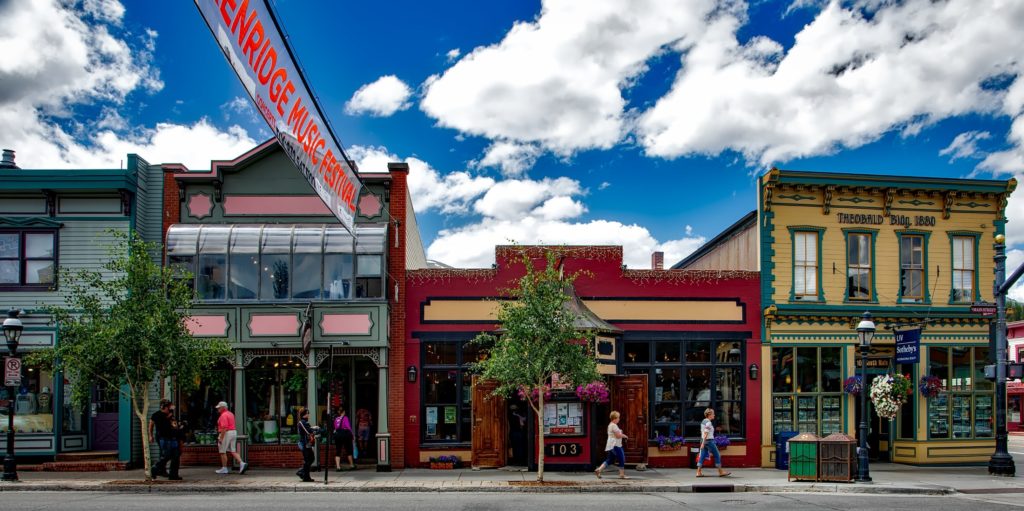
God’s Best Plan for the Healing of the World
by Brian Buschkill, pastor of St. Peter’s UCC (Highland), Evansville, Indiana
One of the concepts that I was introduced to through my experiences with the Wabash Pastoral Leadership Program was the idea that churches (and pastors) have important value to the larger community. On one hand, this was not a new idea to me—as a local pastor, it is easy for me to think about the ways that my congregation works in our community. But much of what I associated with community involvement had to do with charitable support of local social service programs.
What was new about the idea of the local church’s role in the larger community had more to do with influence and direct action. We talked a lot about advocacy, and the role (perhaps obligation) that a local pastor had in shaping and leading important community conversations.
If anything, Wabash helped me to better understand that my role extended beyond the four walls of my church. As a pastor, I have a voice in the broader community, speaking up for those who can’t be heard, or who have been silenced. I learned that a healthy and effective pastor understands that the well-being of their church has as much to do with the well-being of their community as it does with the successful deployment of a new ministry program.
Since those conversations in Trippet Hall, I’ve been thinking about more and different ways that my congregation and I can influence positive change in our community. We’ve expanded some of our existing ministry programs. We’ve gotten heavily involved in an after-school tutoring and mentoring program in a local mobile home community. We’re exploring membership with an ecumenical social justice network of congregations in our city. These are all small steps, but they represent a giant leap in how we perceive our role in relation to the community where we live.
Just this week, I came across an articlethat provided even more proof of the effectiveness of this sort of community leadership. According to Partners for Sacred Spaces, every dollar that a local church spends could create as much as $4.77 towards services that are not otherwise provided by local governments. In addition, “87% of those who benefit from social service, educational or cultural programs housed in the average sacred place are not members.” What a gift! What a blessing! This is what we aspire to.
Bishop Peter Storey told my Wabash cohort that “the local pastor together with the local congregation is God’s best plan for the healing of the world.” When I first heard that, I wasn’t sure I could live up to that high calling. But as I have become more attuned to the needs and issues in my city and larger community, I know that the church is needed now more than ever.
